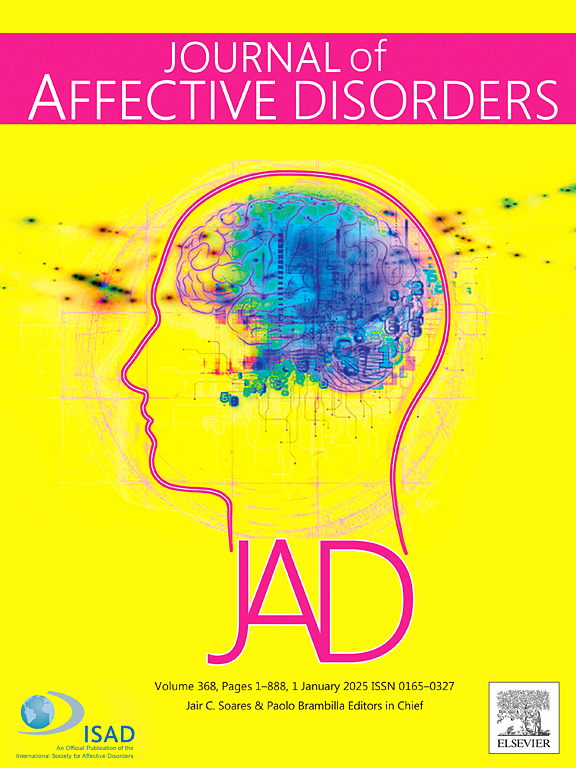Gender differences in the associations between developmental disabilities and anxiety and depression symptoms among U.S. children: Insights from the 2021 National Health Interview Survey
IF 4.9
2区 医学
Q1 CLINICAL NEUROLOGY
引用次数: 0
Abstract
Background
Limited research has explored the associations between developmental disabilities and symptoms of anxiety and depression among U.S. children during the COVID-19 pandemic.
Objective
This study investigates the associations between developmental disabilities and symptoms of anxiety and depression among U.S. children and examines whether these associations differ by gender.
Methods
The analysis included 6092 children aged 5–17 from the 2021 National Health Interview Survey (NHIS). Key risk factors for anxiety and depression symptoms included attention-deficit/hyperactivity disorder (ADHD), autism spectrum disorder (ASD), intellectual disability (ID), learning disability (LD), and developmental delay (DD). Weighted multivariable logistic regression (MLR) was conducted to evaluate associations with anxiety and depression symptoms.
Results
The overall prevalence of anxiety was 14.8 % (12.8 % for males and 17.0 % for females), while depression prevalence was 5.1 % (4.2 % for males; and 6.0 % for females). Children with developmental disabilities had significantly higher prevalence rates of anxiety and depression compared to their peers without such conditions (p < 0.05). MLR analysis revealed that being female and having a history of ADHD, ASD, LD, and DD were associated with increased odds of both anxiety and depression (p < 0.05). ID was associated with increased odds of anxiety but not depression. COVID-19 was not significantly associated with either anxiety or depression. Furthermore, the associations of ASD, LD, ID, and DD with anxiety and depression varied by gender.
Conclusions
Developmental disabilities were significantly associated with symptoms of anxiety and depression among U.S. children in 2021, with notable gender differences. These findings highlight the importance of incorporating gender-sensitive approaches in designing effective prevention and intervention strategies.
求助全文
约1分钟内获得全文
求助全文
来源期刊

Journal of affective disorders
医学-精神病学
CiteScore
10.90
自引率
6.10%
发文量
1319
审稿时长
9.3 weeks
期刊介绍:
The Journal of Affective Disorders publishes papers concerned with affective disorders in the widest sense: depression, mania, mood spectrum, emotions and personality, anxiety and stress. It is interdisciplinary and aims to bring together different approaches for a diverse readership. Top quality papers will be accepted dealing with any aspect of affective disorders, including neuroimaging, cognitive neurosciences, genetics, molecular biology, experimental and clinical neurosciences, pharmacology, neuroimmunoendocrinology, intervention and treatment trials.
 求助内容:
求助内容: 应助结果提醒方式:
应助结果提醒方式:


